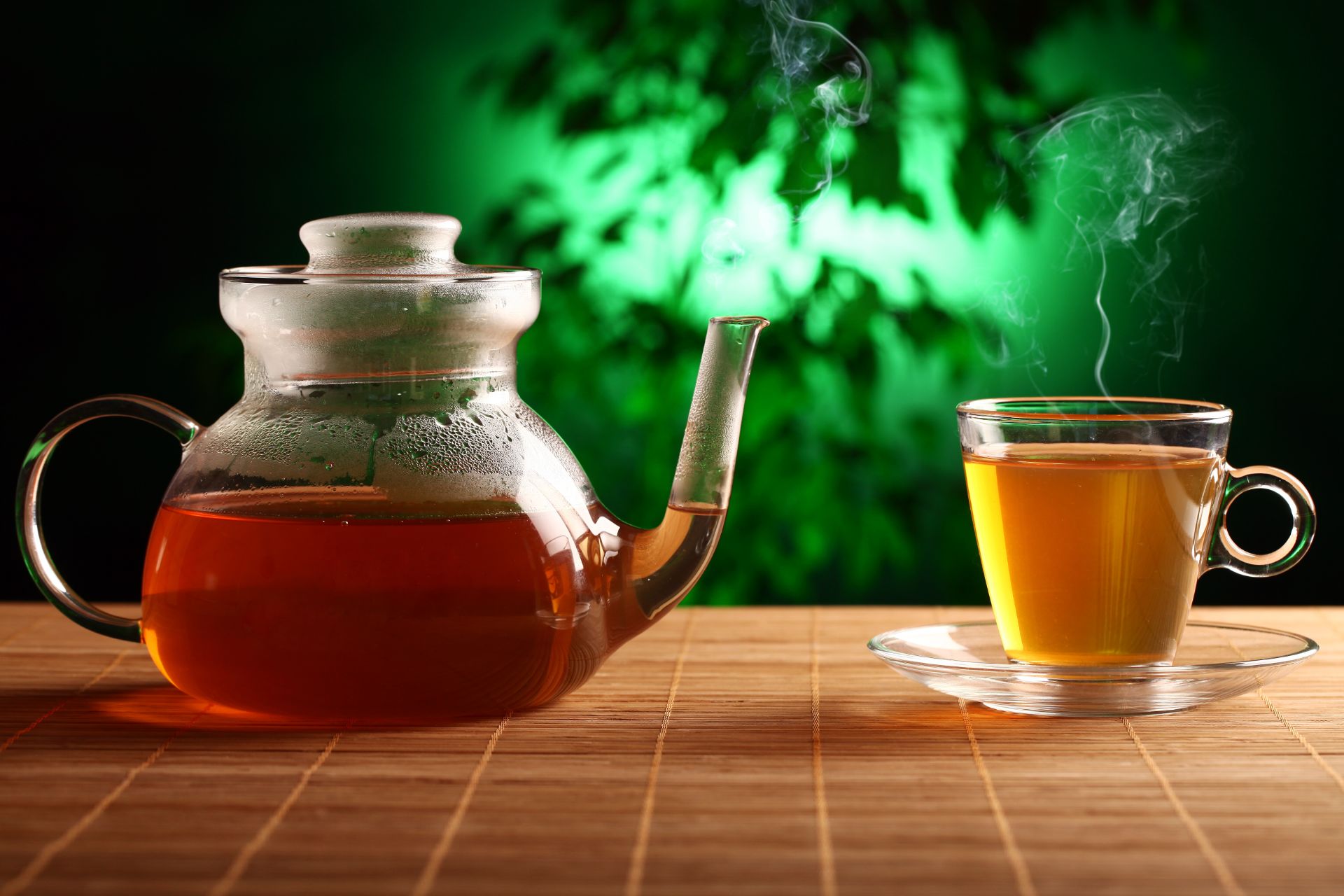
Steeping tea is an art that balances time and temperature to bring out the best flavors in each leaf. Understanding this science is key to enhancing your tea experience, as different teas require different steeping conditions. Here’s an in-depth look at how steeping time and temperature shape the flavors in your cup.
The Role of Temperature in Tea Flavor
Temperature is one of the most critical elements in tea brewing. Too hot, and your tea can turn bitter; too cool, and it may lack depth. Here’s a guide to the ideal temperatures for various teas:
- Green tea: 160-185°F (70-85°C)
Green teas are delicate and can easily become bitter if brewed too hot. Lower temperatures preserve their fresh, grassy notes. - Black tea: 190-212°F (90-100°C)
Black tea is more robust and can handle higher temperatures, which help to release its bold flavors. - Oolong tea: 180-200°F (82-93°C)
Oolong’s complex flavor profile is best enjoyed at moderate temperatures, where its floral and fruity notes can fully develop. - White tea: 160-185°F (70-85°C)
White tea is light and floral, requiring lower temperatures to preserve its subtle flavors.
Using a thermometer or a temperature-controlled kettle can help you hit the perfect range for each tea type.
How Steeping Time Affects Flavor
Steeping time controls the strength and depth of your tea’s flavor. Here’s a basic steeping guide by tea type:
- Green tea: 1-3 minutes
A short steep preserves the tea’s delicate flavors. Steeping longer can make it more astringent. - Black tea: 3-5 minutes
Black tea’s stronger leaves allow for a longer steep, releasing rich flavors and tannins. - Oolong tea: 4-7 minutes
Oolong’s complexity benefits from a longer steep to bring out its layered taste profile. - White tea: 2-3 minutes
Short steeping helps preserve white tea’s gentle, floral notes, as longer times may make it taste overly mild.
Using a timer can help you achieve consistency and avoid over-steeping, which can lead to bitterness, especially in delicate teas like green or white.
The Chemistry Behind Steeping
When tea leaves meet hot water, their cell walls break down, allowing the release of essential compounds that give tea its flavor, aroma, and color. Here’s a breakdown of what’s happening:
- Catechins and Tannins: These antioxidants are released more quickly in hotter water. They contribute to tea’s astringency and bitterness, especially in green and black teas.
- Amino Acids: Amino acids give tea its umami flavor and are more prominent at lower temperatures. This is why green and white teas taste more savory at moderate temperatures.
- Essential Oils: These oils create tea’s fragrance and can be lost at high temperatures. Lower temperatures allow for a more fragrant, nuanced cup.
Understanding the chemistry behind steeping helps you appreciate how time and temperature impact tea’s unique flavors.
FAQs: Steeping Tips for the Perfect Cup
Does loose-leaf tea need a different steeping time?
Yes, loose-leaf teas generally offer more depth and benefit from precise steeping times to extract their full flavor.
Can you reuse tea leaves?
Absolutely! Many loose-leaf teas, particularly oolong and green, can be resteeped for additional flavor with slightly longer times.
What’s the effect of water quality on tea?
Using filtered water can help eliminate any minerals or impurities that might affect the taste.
Conclusion: Balancing Temperature and Time for Flavor Perfection
Mastering the science of steeping allows you to customize your tea experience. By experimenting with temperature and steeping times, you can uncover new flavors and find the perfect balance that suits your taste. Whether you prefer a mild, floral white tea or a bold black tea, understanding steeping science is the first step toward a truly satisfying cup.
Happy steeping!




